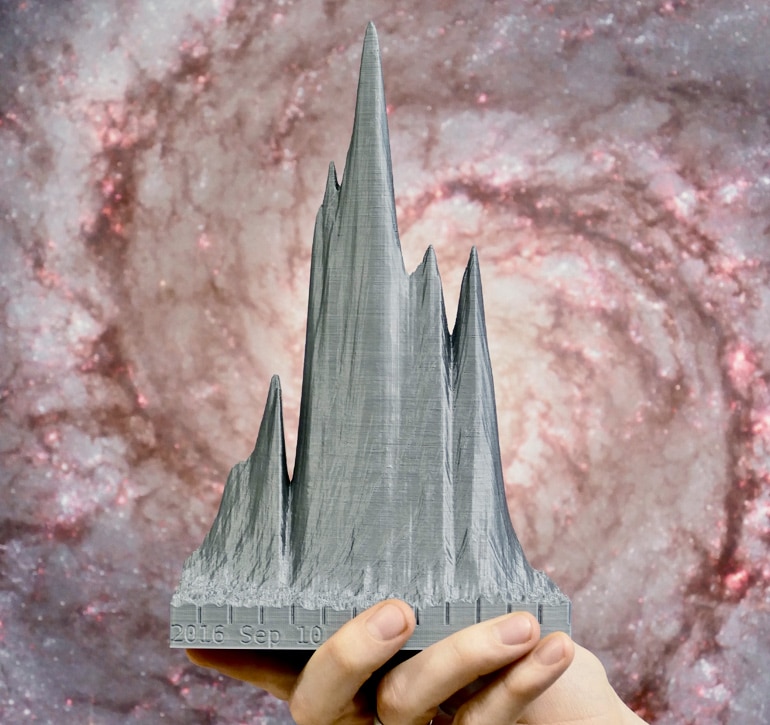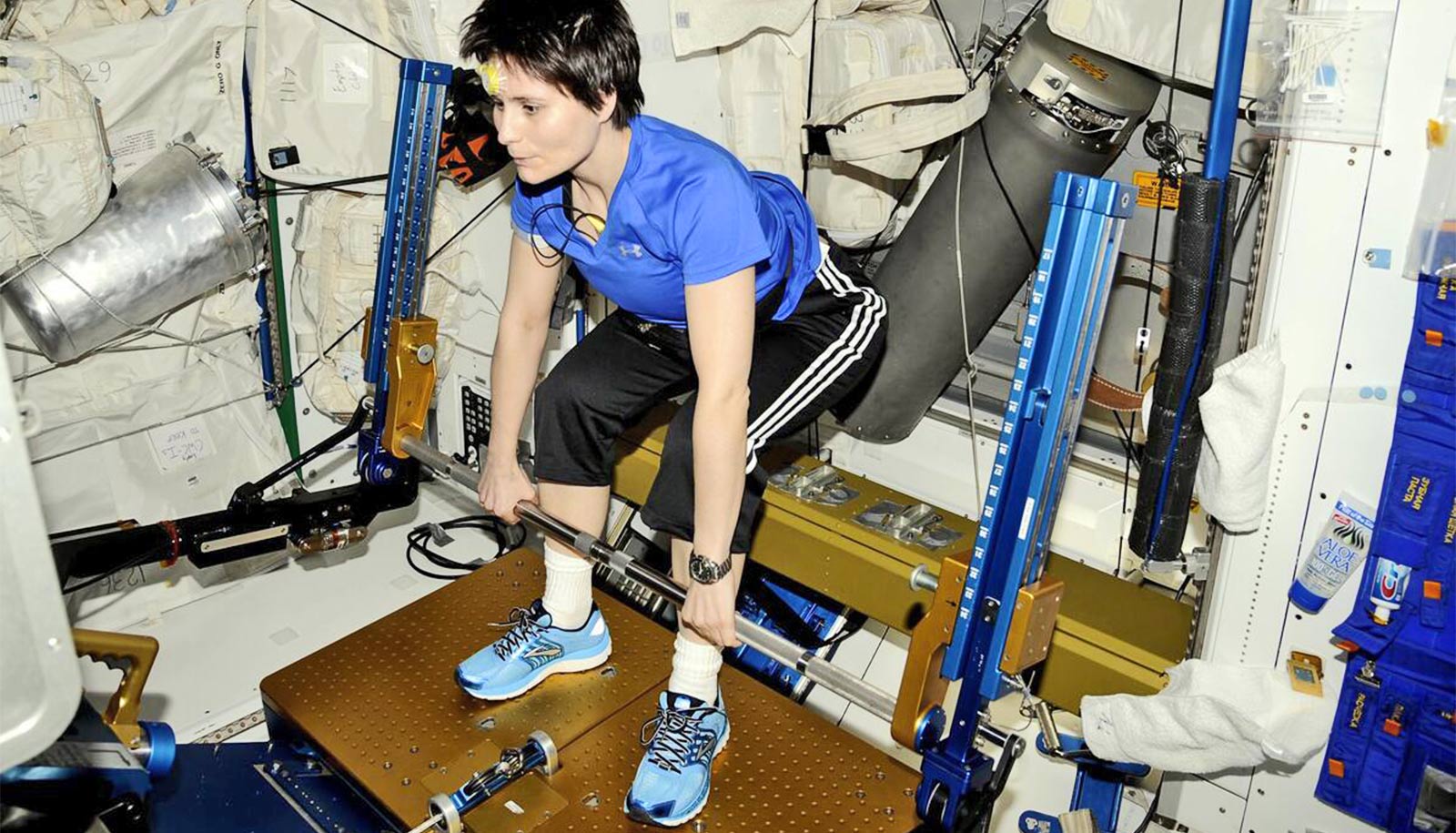Astronomers have found that fast radio burst FRB 121102—a brief, gigantic pulse of radio waves from 3 billion light years away—passes through a veil of magnetized plasma.
This causes the cosmic blasts to “shout and twist, ” which will help the scientists determine the source.
“This sort of enormous Faraday rotation is extremely rare.”
The “shouting” represents the bursts, and the “twisting” describes a physical phenomenon called Faraday rotation, which occurs as radio waves pass through a magnetized plasma, explains James Cordes, professor of astronomy at Cornell University.
As reported in Nature, measurement of the twisting provides further scientific detail on the origin of FRB 121102. The data come from the Arecibo Observatory in Puerto Rico and were confirmed by Green Bank Observatory in West Virginia.
“It’s remote sensing from 3 billion light years away. These new measurements allow us to be much more specific about the immediate surroundings of the source,” says Cordes.

Rare rotation
When radio waves pass through magnetized plasma, the direction of polarization at different radio frequencies becomes “twisted” by the Faraday rotation.
“Whatever is happening there is scary. We would not want to be there.”
The radio bursts from FRB 121102 twist to such an extreme—more than 500 times greater any other fast radio burst observed to date—that astronomers concluded the bursts must pass through a high magnetic field in dense plasma, making scientists believe that the youthful source of the FRB 121102 bursts may be close to a massive black hole in its own galaxy or a young neutron star cradled within a powerful nebula or a supernova remnant.
“I could not believe my eyes when my colleagues emailed the results around,” says collaborator Victoria Kaspi, professor of physics at McGill University and director of the McGill Space Institute. “This sort of enormous Faraday rotation is extremely rare. Once we digested it, we realized it was a huge clue about where this bizarre source resides.”
“We estimate the magnetic field and gas density surrounding the blast source, and we can link them, for example, with a model involving a young magnetar—a neutron star with an especially large magnetic field—to the central engine that produces the bursts,” Cordes says. The radio source and its environment are unique, which indicates a new type of object not seen previously.
Mysterious burst
Like an enormous eavesdropping ear on the deep heavens, the Arecibo Observatory is Earth’s largest single-aperture radio telescope, tuned to find pulsars and transient sources, and to observe everything from galaxies to objects in the solar system. Hurricane Maria damaged it in September, but the observatory is recovering and continues to acquire scientific data.
Laura Spitler discovered FRB 121102 in 2014 as a postdoctoral researcher at Cornell when she sifted through 2012 data from Arecibo acquired by the Pulsar Arecibo L-Band Feed Array survey that searches for pulsars and transient sources. Spitler found a mysterious burst that lasted three one-thousandths of a second.
Last year, Cornell researchers and others uncovered the cosmological source of that sporadically repeating milliseconds-long fast radio burst. The current work builds on those results.
Weird radio bursts are from 3 billion light-years away
Up until several years ago, fast radio bursts were a new phenomenon with no conventional explanation, says Shami Chatterjee, senior research associate in astronomy. “New phenomena get scientists excited. It’s like fresh powder snow on a ski slope,” says Chatterjee.
FRB 121102 produces prodigious energy that Earth-bound scientists can detect, explains Cordes. In a flash lasting less than a millisecond, this burst source radiates enough energy to equal our sun’s output for an entire day.
“This is exotic. If we had one of these on the other side of our own galaxy—the Milky Way—it would disrupt radio here on Earth, and we’d notice, as it would saturate the signal levels on our smartphones,” he says. “Whatever is happening there is scary. We would not want to be there.”
Lead author of the paper is Daniele Michilli and the senior author is Jason Hessels, both of the University of Amsterdam and the Netherlands Institute for Radio Astronomy.
Source: Cornell University, McGill University



